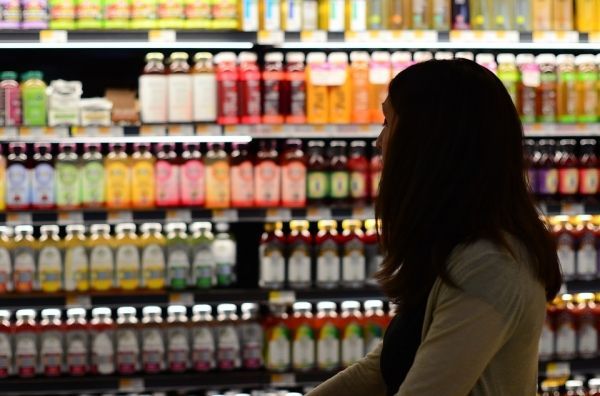A survey of 1,000 people has found that consumers greatly underestimate the greenhouse gases it takes to produce certain foods, in some cases by multiples of ten, according to a new study published in the journal Nature Climate Change. The research also found, however, that placing carbon footprint labels on food packaging effectively drives people to buy less carbon-intense ingredients.
The study, led by consumer psychologist Adrian Camilleri of the University of Technology Sydney, asked survey participants to estimate the amount of greenhouse gas emitted to produce one serving of 19 different foods, and by using 18 electrical appliances for one hour. Those surveyed underestimated the emissions for electrical appliances, but even more so for foods.
“With an appliance such as a heater you can feel the energy used and see an electricity bill at the end of the month, so the impact is quite salient, whereas the impact of food production is largely invisible,” Camilleri said in a statement. “If you ask people to guess the difference between items such as beef and vegetable soup on the environment they assume there is not much difference. But beef soup creates more than 10 times the amount of greenhouse gases than vegetable soup.”
Read more at Yale Environment 360
Photo Credit: kc0uvb via Pixabay


